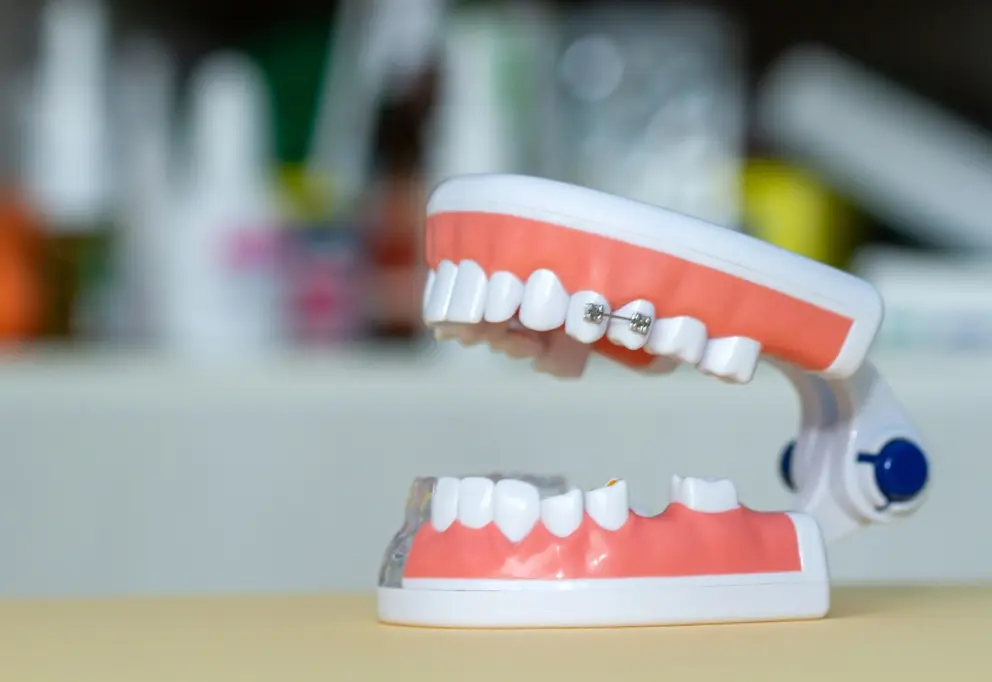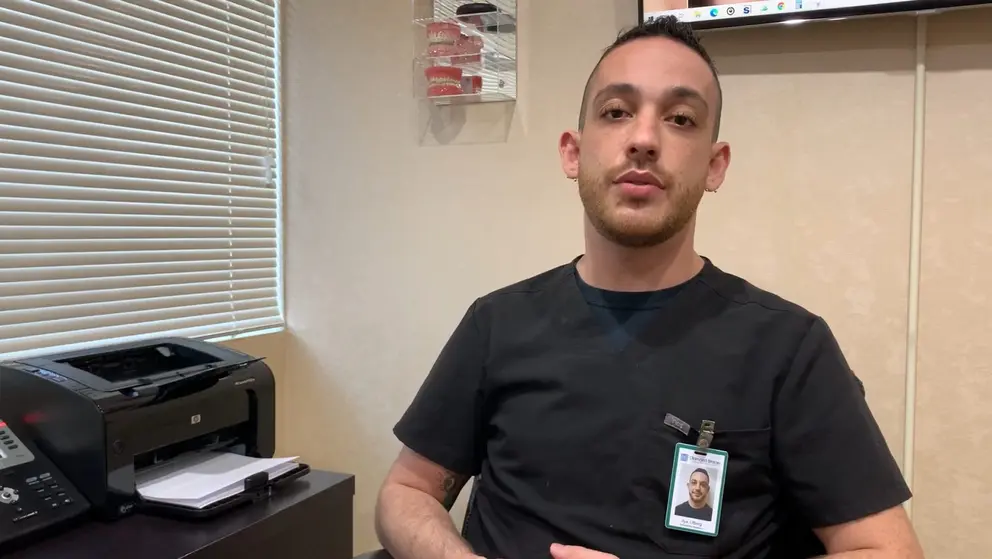Can You Eat Cereal With Braces?
Cereal has been a breakfast staple for decades. Many of us enjoy a nice bowl of our favorite cereals to eat for breakfast. However, if you have braces, you may be wondering if you can enjoy your favorite cereal.

Some patients may not have severe malocclusions , but they could still have minor bite issues that warrant correction. Sometimes, it’s just a single problem tooth, or a few crowded and crooked problem teeth, that are holding the patient back from achieving their full smile potential.
Partial braces are a type of orthodontic treatment. They are different from conventional braces. Instead of covering the entire dental arch, they only cover a few front teeth. This makes them ideal for addressing mild gaps or isolated alignment issues.
The “Cost of Partial Braces” can vary. It depends on the complexity of the issue and the treatment time. The braces treatment works by applying pressure to the teeth. This gradually moves them into the desired position.
Invisalign treatment is another option. Like partial braces, it can correct minor alignment issues.
However, it uses clear aligners instead of brackets and wires. Both treatments have their advantages. Your orthodontist can assist you in determining the most suitable option for you.
Keep in mind, each orthodontic procedure is distinct. Discussing with an expert is crucial to comprehend your choices.

Partial braces are effective for straightening your teeth. They only encompass a few anterior teeth.
Molar tubes, or back brackets, are placed on the molars. These tubes hold the archwire in place. This wire gradually aligns the misaligned teeth over time.
The treatment duration is usually shorter because it treats only a few teeth. It endures for a minimum of one year at the maximum. Both children and adults can wear braces. Partial braces can be used exclusively on a single dental arch, either upper or lower.
Remember, the effectiveness of partial braces in aligning adult teeth is significant. So, if you’re considering to straighten your teeth, partial braces could be a great option.
With child patients, these types of orthodontic appliances may sometimes be used as a supplemental treatment to streamline the orthodontic treatment process when they’re older, which is why they’re sometimes known as “Phase One Treatment” . Some of these specific issues these particular braces may be used to treat include:
Even though they only encompass a few teeth, it’s still extremely important to take diligent care of your partial braces, as you would with full braces. If anything, your wire will be more at risk and breakage-prone, as it’s not supported by your entire dental arch. To practice adequate due diligence with your partial braces, it’s important to adhere to the following:

Partial braces have a unique appearance. They resemble regular braces that face the front.
The key difference is that they only cover a few front teeth or a single dental arch. As a result, they are slightly less noticeable and prominent than a full set of braces. Nonetheless, individuals will probably still observe them.
Brushing and flossing regularly is important when wearing partial braces. This helps to maintain oral hygiene and prevent orthodontic issues. Remember, the appearance of partial braces can be a significant change, but it’s a step towards achieving a healthier and more confident smile.
If you or your child are concerned about appearance insecurity, clear brackets are close (though not alike) to the color of the teeth may be a viable option for minimizing the prominence of the metal partial braces. Alternatively, if the patient is old enough, they may be a candidate for limited Invisalign clear aligner use .

Partial braces, which cover fewer teeth, often cost less than traditional braces . This is a common practice. However, you should prepare to pay a significant amount. Costs can vary greatly, but you can expect to pay between $2800 and $3500 on average.
Different types of braces should be considered. Ceramic braces and traditional metal braces are two options. Each type has its own cost implications. You should discuss with your orthodontist to determine the most suitable choice for you.
Given that these costs can vary so widely, it’s important to consult your orthodontic care provider and get a quote from them directly. Likewise, consider the other variables that could affect the cost, including:

If any of the above isolated occlusal issues from the first section apply to you, then you could potentially need partial braces.
For the best next steps, we recommend finding a licensed, experienced orthodontist and arranging a consultation. They can determine the best specific, personalized care for you or your child’s personal oral health needs, and set you on the right path today toward having a beautiful smile tomorrow.